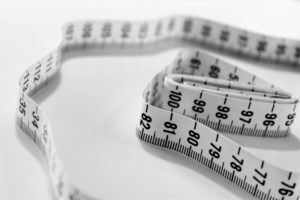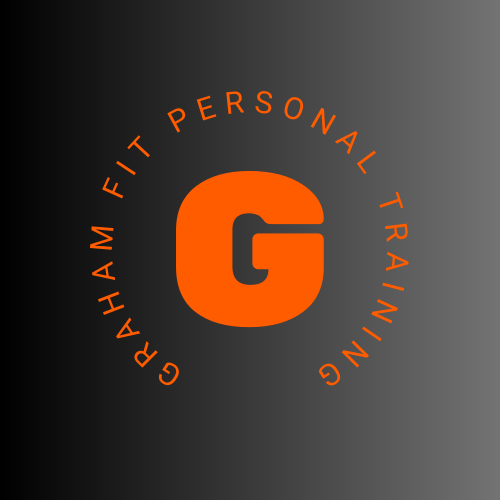
Losing excess fat is problematic for many but also a common goal. The issue today that people face is the temptation to look for shortcuts and quick fixes or embark on “diet plans” that promise everything but deliver nothing in the long run. In reality fat loss is a long term goal. It is what is known as an outcome goal. This means that there are “process” goals that lead up to that larger goal.
What is a process goal?
A process goal or goals are smaller steps that bring you towards the desired outcome. For example, “I will take a packed lunch to work this week instead of buying a daily unhealthy meal deal”.
“I will walk to work every Friday instead of driving”.
“I will make a point of drinking more water with my lunch instead of a sugar laden soda”.
These are all small steps that demonstrate an example of habit change and when put into practice, are realistic but bring you into consistent healthier habits that take you a few steps closer to the outcome goal.
So what is the approach to fat loss?
The first step is to know exactly what your caloric intake is. This is one of the reasons why purchasing diet plans do not work because they don’t take into account what you are already consuming. Irrespective of how much fat you wish to lose, you must keep a food diary. Pen and paper will suffice for simplicity. There are different types of food diary but the standard one I recommend is a seven day diary.
Everything you eat and drink needs to be noted down including any snacks and approximate calories. It is difficult and almost impossible to be exact on calories as often labels on food packages can be out by several calories. Be sure not to forget milk in tea and coffee or sugar etc.
When the seven day food diary is complete, this can be analysed with calories totted up for each day. This can then be compared to the calculation for your basal metabolic rate (BMR). The BMR is a scientific calculation that works out the amount of calories needed to keep you “alive” at rest. There is a physical activity equation added to this. This provides a guideline as to what your calories should be each day.
Now, with losing fat… the body needs to be in a caloric deficit. The idea being that the body starts to use its fat reserves for fuel.
Is a caloric deficit enough?
Theoretically a caloric deficit is the key, but exercise plays a role to increase that caloric expenditure. A caloric deficit, eating better quality/healthier foods and exercise all go hand in hand to work together. The body burns fat at rest, but this amount of fat burning is so minimal it is barely noticeable. Increasing energy expenditure along with a deficit is a logical approach.
A standard approach to a caloric deficit is around five hundred calories a day, though for conditions like obesity that figure may well be more. The important point is that what is consumed should not really fall below your BMR. Sadly many died plans are guilty of this.
A lot depends on the individual and level of excess fat to be lost. In theory it is possible to lose a a kilo a week. However this is the top end of the scale and very few achieve that rate. Simply because of the work involved. Realistically for most, this figure is a lot less. In fact a fat loss of only five percent over a three to six month period is considered a success. That amount is enough to make a clinical difference to an individuals health.
There are no shortcuts to losing fat and the real secret is consistency of habit, heeding to personalised process goals to eventually reach the outcome goal of a target weight loss. Ultimately it is all about education on nutrition, structured physical activity and taking small steps over that longer term. Following a logical and structured approach to fat loss avoids the dangers of fad diets, as you are beginning from a foundation with your food diary.
Need help and guidance on approaching your fat loss goal? Why not get in touch today and book your free chat?
